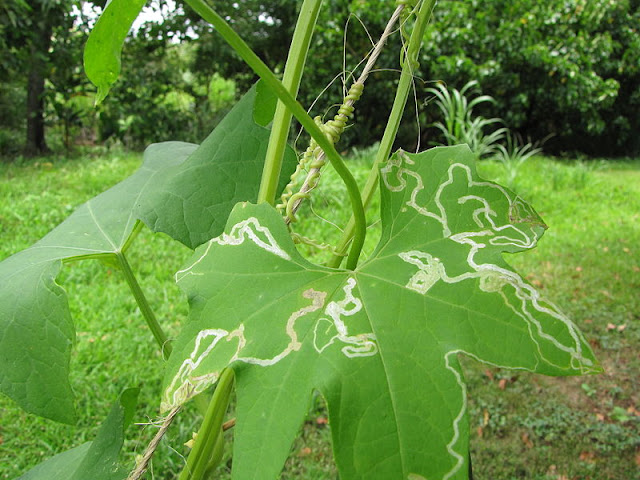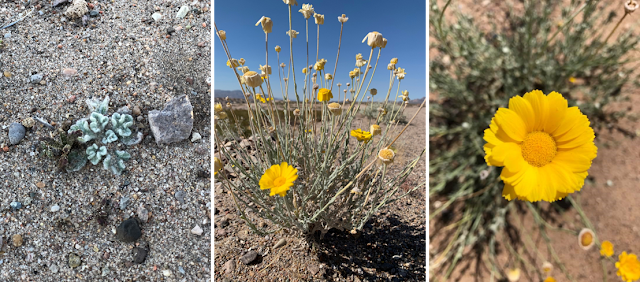Mulch Obliged

Southwest Yard & Garden By Marisa Thompson The crocuses in this photo are beautiful, but the mulch is what really catches my eye. Photo credit Marisa Thompson. Few people are as excited about mulch as me. Maybe it’s the name. Maybe it’s time for a rebrand. Whatever you call it, mulch can be defined as any material (organic or synthetic) that’s added on top of the soil surface to benefit the soil, the plants, the gardener, or, in some cases, all of the above. Organic mulches are made of natural plant materials, like woodchips, shredded bark, pine needles, leaves, etc. Synthetic mulches consist of human-made materials, like recycled rubber bits or sheet plastic. Each mulch type has its list of pros and cons. Once applied, mulch may look like it’s just sitting there, existing, but that’s the beauty of it. Behind the scenes, mulches perform a variety of proven benefits—when applied correctly. When I recommend mulching, I’m ref

